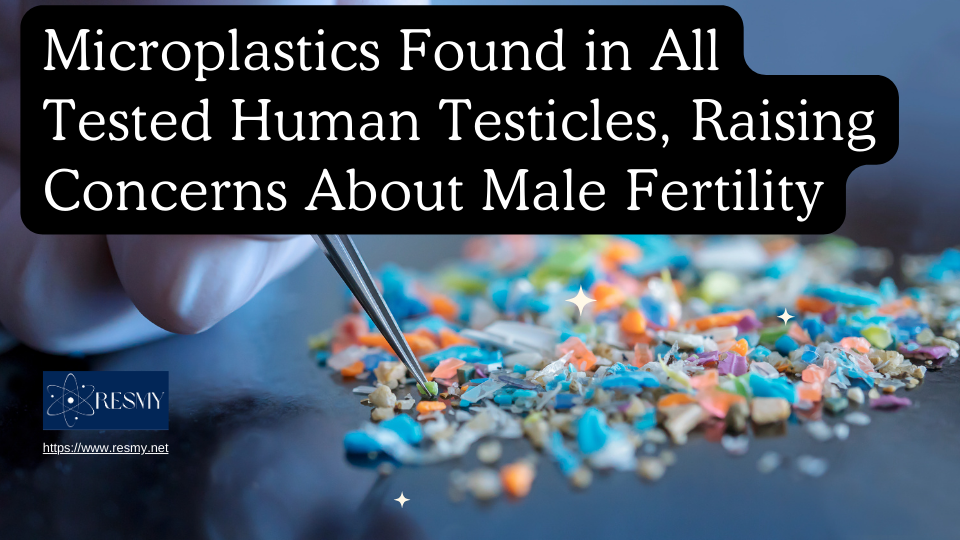Microplastics, tiny plastic fragments less than five millimeters long, have become a ubiquitous threat. We find them everywhere, from the deepest ocean trenches to the highest mountain peaks. Their widespread presence raises growing concerns about their impact on human health. This new study adds to these worries, revealing a potential link between microplastics and a significant issue: declining sperm counts.
A First Look: Microplastics and the Male Reproductive System
Limited data existed on whether microplastics could infiltrate the male reproductive system and potentially affect sperm quality. This new research, published in the journal Toxicological Sciences, aimed to address this gap in knowledge. The study investigated the presence and potential effects of microplastics on male fertility.
A Shocking Discovery: Microplastics Found in All Samples
The researchers examined testicular tissue samples from both humans and dogs. Using a sophisticated technique called Pyrolysis-Gas Chromatography/Mass Spectrometry (Py-GC/MS), they were able to identify and measure the presence of microplastics. The results were concerning: microplastics were present in all 47 canine and 23 human testes examined. This finding suggests that microplastics have infiltrated a vital part of the male reproductive system.
Variation and Potential Risks: More Microplastics, More Problems?
While microplastics were present in all samples, the amount varied significantly between individuals. On average, human testes contained nearly three times the level of microplastics compared to dogs (328.44 micrograms per gram of tissue versus 122.63 micrograms per gram). This finding suggests that humans may be at a higher risk for health problems from microplastic exposure. The most common type of microplastic found was polyethylene (PE), the plastic used in many bags and bottles.
A Potential Link: Microplastics and Reduced Testicular Size
The study identified a negative correlation between specific types of microplastics, such as PVC and PET, and the normalized weight of the testes. In simpler terms, this suggests a potential link between exposure to certain microplastics and a reduction in testicular size. While the exact cause-and-effect relationship remains unclear, this finding warrants further investigation.
Cause for Concern, Not Conclusion: Microplastics and Fertility
It’s important to note that this study doesn’t definitively prove that microplastics cause infertility. Sperm counts have been declining globally for decades, and the reasons behind this trend are not fully understood. However, this research suggests that microplastics could be a contributing factor.
A Call to Action: More Research and Pollution Reduction
The findings highlight the pervasive presence of microplastics in the male reproductive system. These results warrant further investigation into the potential consequences of microplastic exposure on male fertility. The need to learn more about how microplastics enter the reproductive system and their potential effects on sperm production is not more increasing. Additionally, mitigating microplastic pollution is crucial to protect human health.
The study does have limitations. The relatively small sample size and the lack of data on sperm quality in human subjects necessitate further research. However, the findings are concerning enough to warrant a call to action.
The Bigger Picture: Microplastics and Our Future
This research adds to the growing body of evidence highlighting the dangers of microplastic pollution. As we continue to find these tiny plastic fragments everywhere, it’s becoming increasingly clear that we need solutions to curb plastic use and prevent further environmental contamination. Protecting our health and the health of future generations depends on it.
Other Topics: Medicine and Health Science, Natural Science, Agricultural Science, Engineering & Technology, Social Sciences & Humanities

